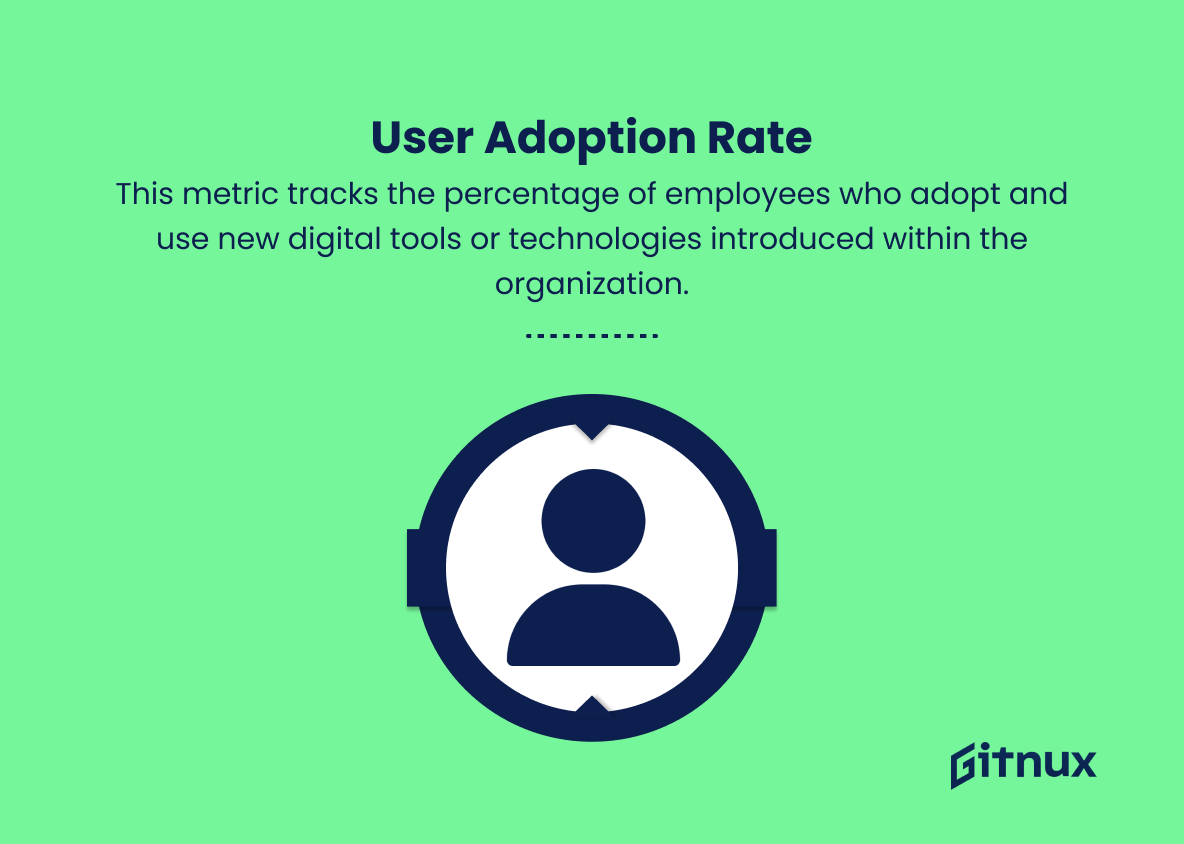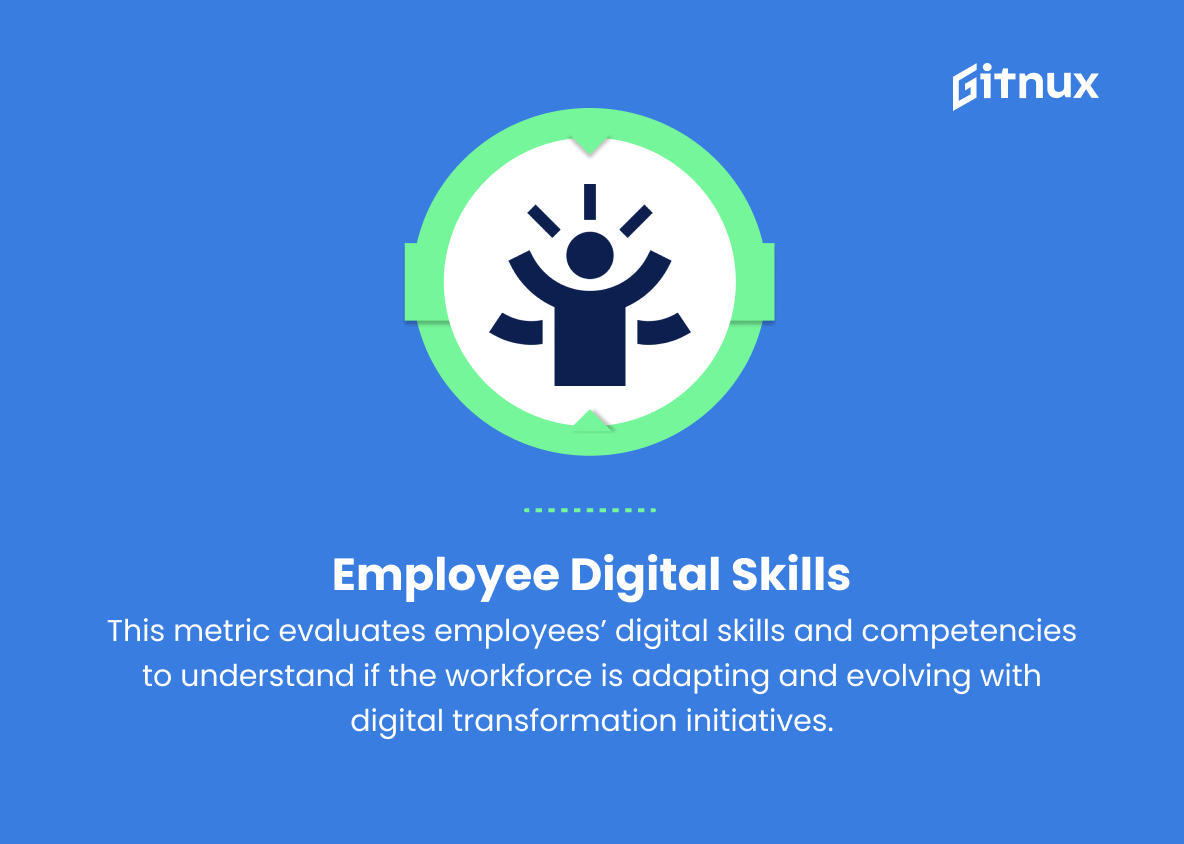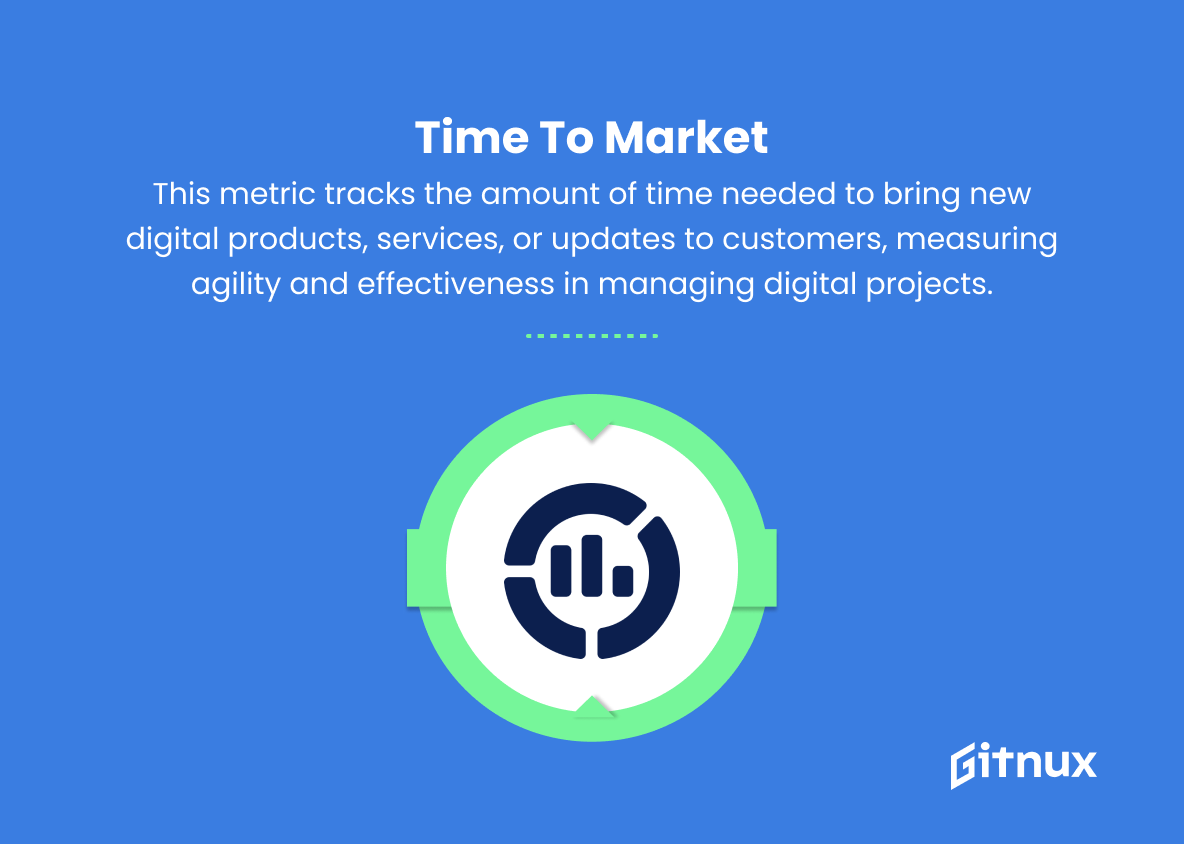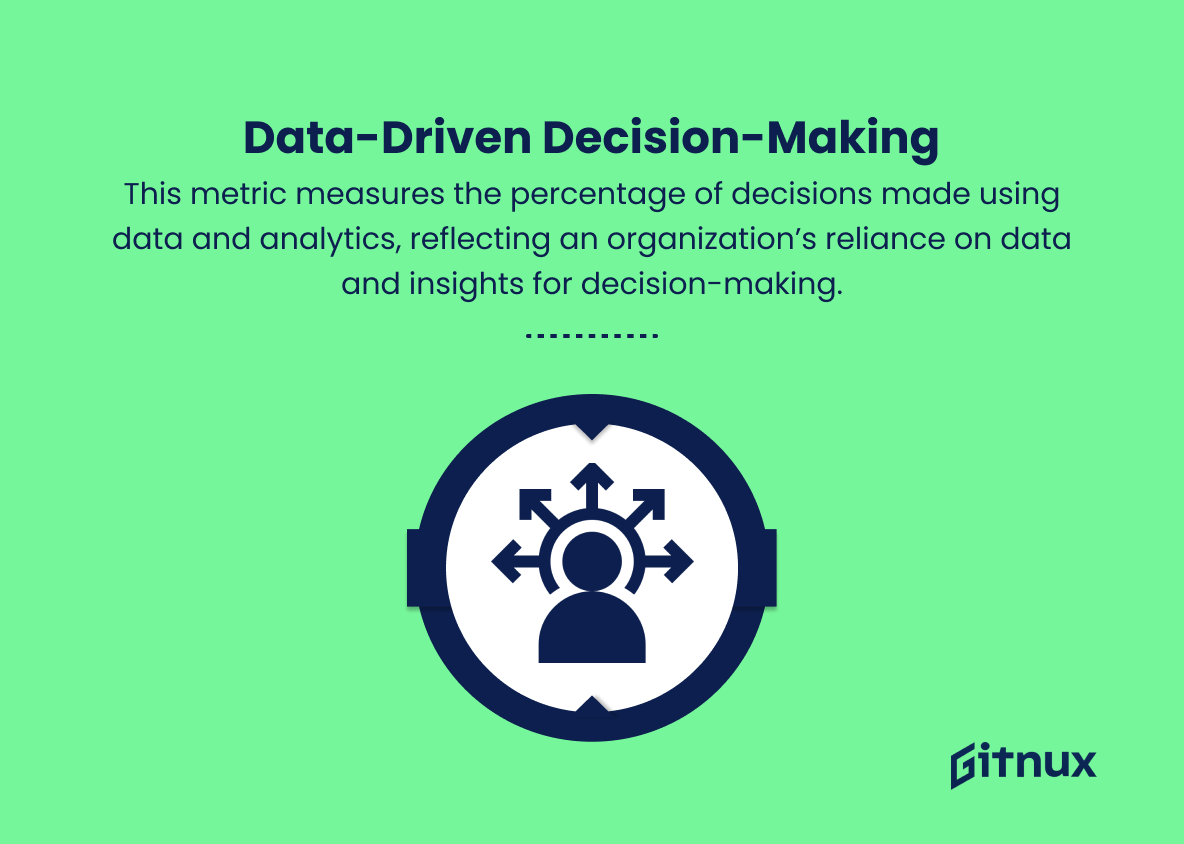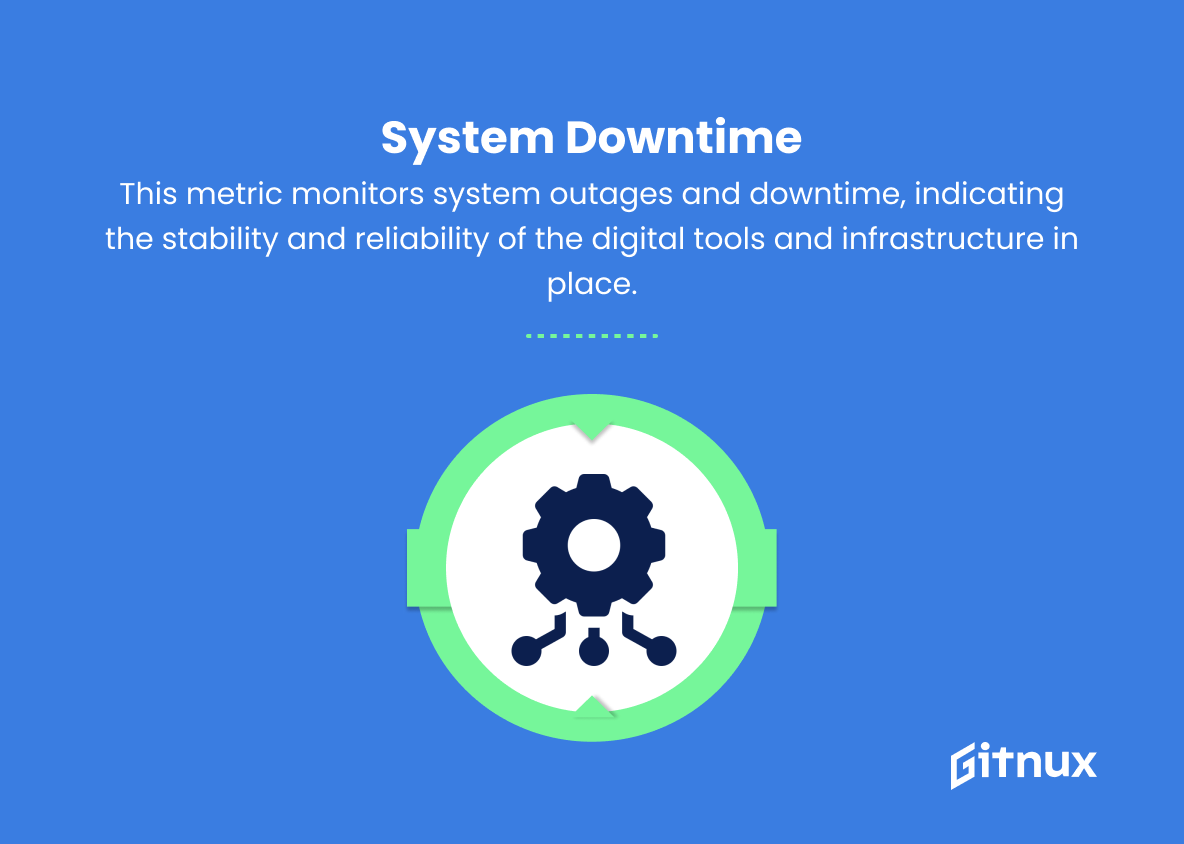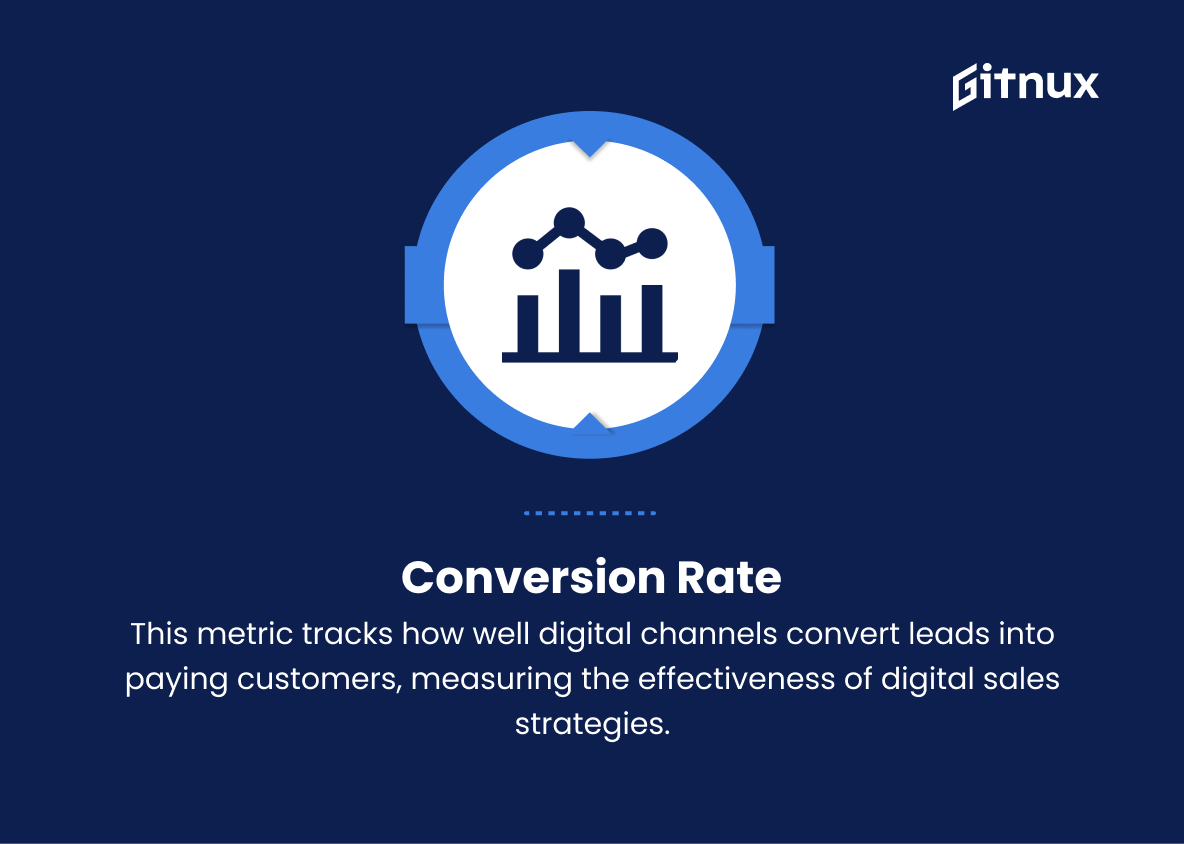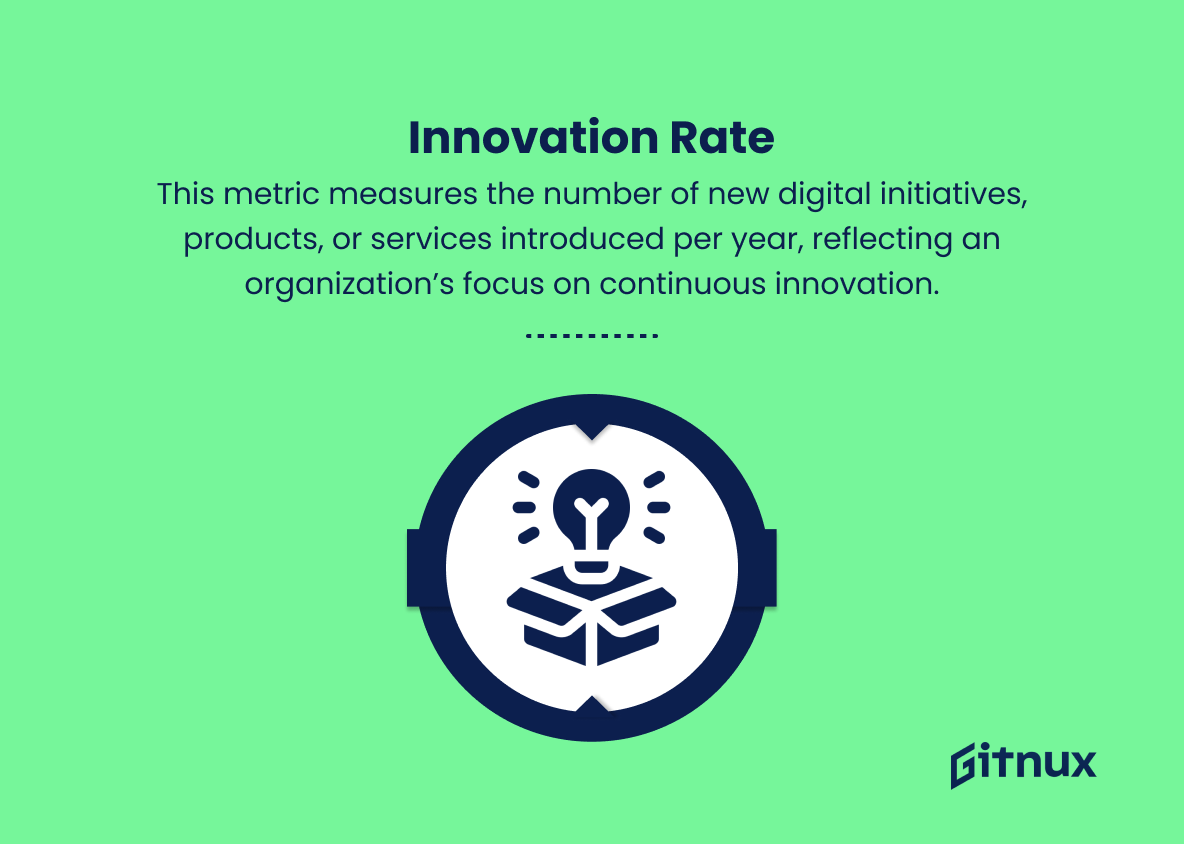In today’s rapidly evolving digital landscape, businesses and organizations of all sizes are striving to stay ahead of the curve and adapt to the latest technological advancements. Digital transformation has become a priority for many companies, enabling increased efficiency, improved customer experiences, and streamlined processes. However, to truly gauge the success of these transformative efforts, it is imperative to track and measure specific digital transformation metrics.
In this thought-provoking blog post, we will delve into the critical metrics that leaders and decision-makers must consider to ensure their digital transformation journey is data-driven and results-oriented, ultimately driving their organizations towards unprecedented growth and success.
Digital Transformation Metrics You Should Know
1. Process automation rate
This metric measures the percentage of processes that have been automated within an organization, showcasing how well it has embraced digital transformation.
2. User adoption rate
This metric tracks the percentage of employees who adopt and use new digital tools or technologies introduced within the organization.
3. Employee digital skills
This metric evaluates employees’ digital skills and competencies to understand if the workforce is adapting and evolving with digital transformation initiatives.
4. Customer satisfaction
This metric assesses how well digital initiatives are impacting customer satisfaction levels, considering factors such as ease of use, speed, and responsiveness.
5. Digital revenue growth
This metric measures the growth in revenue generated from digital channels, such as e-commerce sales or other revenue streams enabled by digital transformation.
6. Time to market
This metric tracks the amount of time needed to bring new digital products, services, or updates to customers, measuring agility and effectiveness in managing digital projects.
7. Digital maturity assessment
This metric benchmarks an organization’s progress in its digital transformation journey by evaluating various factors, such as technology adoption, process digitization, and digital culture.
8. Data-driven decision-making
This metric measures the percentage of decisions made using data and analytics, reflecting an organization’s reliance on data and insights for decision-making.
9. Cost savings
This metric tracks the cost savings achieved through digital transformation initiatives, such as operational efficiencies and reduced manual tasks.
10. Churn rate reduction
This metric measures the decrease in customer churn after implementing digital initiatives, reflecting improved customer relationships and loyalty.
11. Employee engagement and collaboration
This metric assesses the impact of digital transformation on employee engagement, satisfaction, and collaboration within an organization.
12. System downtime
This metric monitors system outages and downtime, indicating the stability and reliability of the digital tools and infrastructure in place.
13. Conversion rate
This metric tracks how well digital channels convert leads into paying customers, measuring the effectiveness of digital sales strategies.
14. Innovation rate
This metric measures the number of new digital initiatives, products, or services introduced per year, reflecting an organization’s focus on continuous innovation.
15. Data quality
This metric assesses the accuracy, consistency, and completeness of an organization’s data, reflecting the reliability of data-based insights and decision-making.
Digital Transformation Metrics Explained
Digital transformation metrics are essential indicators for organizations to understand and evaluate the effectiveness of their digital initiatives. Metrics such as process automation rate and user adoption rate monitor the extent to which digital tools are integrated within the organization and used by employees. Assessing employee digital skills and promoting data-driven decision-making ensures that the workforce is adaptable and capable of utilizing digital technologies to their full potential. Metrics such as customer satisfaction, digital revenue growth, and churn rate reduction highlight the impact of digital transformation initiatives on customer relationships and business growth.
Time to market and innovation rate demonstrate an organization’s agility and dedication to continuously improve and innovate through digital means. Evaluating digital maturity, system downtime, and data quality allows organizations to benchmark their progress and ensure that their digital infrastructure is both reliable and scalable. Finally, metrics like employee engagement and collaboration and cost savings show the overall effect of digital transformation on internal business processes, allowing organizations to optimize their operations to better serve their customers and achieve their goals.
Conclusion
In conclusion, the importance of tracking digital transformation metrics cannot be overstated. These metrics reflect the progress and efficiency of a company’s digital initiatives, and they offer valuable insights into the areas that require improvement.
As businesses continue to navigate the path towards digital maturity, the ability to accurately measure and assess their efforts is crucial in ensuring a successful transformation. By focusing on the right set of metrics and continually adjusting strategies based on the data, organizations will be better equipped to thrive in an increasingly digital world.

